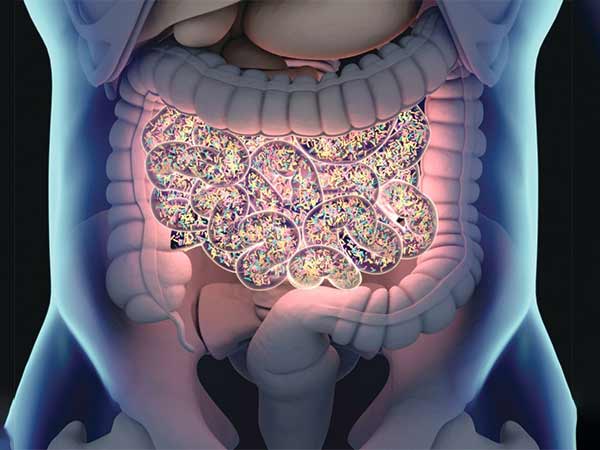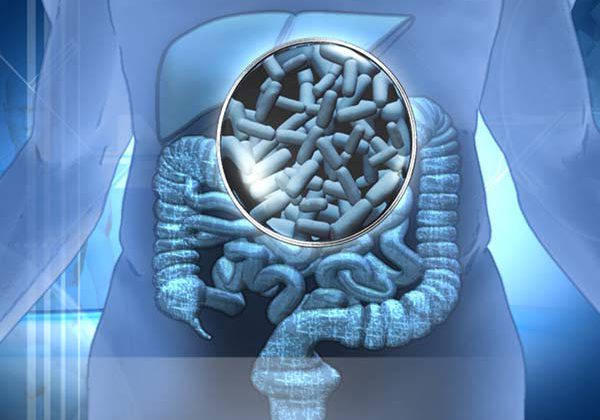How the small intestine defends itself against bacteria
Researchers at the University of Gothenburg have been studying the mucus involved in defending the intestines and airways against infection for more than 30 years. To date, their work has focused very much on the large intestine, but this study, published in the journal Science Signaling, now shows for the first time how this mucus normally protects the crypts (invaginations) of the small intestine.
The study was conducted in tissue samples from mice and in cultured cells. It included mapping several molecular mechanisms and cellular processes that serve as important means of defending the crypts of the small intestine.
In the mucosa of the small intestine there are small invaginations — crypts — where “goblet cells” and other specialized intestinal cells work together to flush out bacteria, thereby preventing bacteria from becoming established and invading cells.
“Our study shows that bacteria are cleared out of these crypts by cells of two types working together. Together, they cause a mucus plug to form from the mucus that’s secreted from the goblet cells and the fluid provided by adjacent cells. Bacteria are washed out of the crypts when the plug is pushed out.”
The speaker is Brendan Dolan, postdoctoral fellow from Dublin, Ireland at Sahlgrenska Academy at the University of Gothenburg. Using advanced microscopy, Dolan was also able to film, at the cellular level, the secretion of mucus in the mucosa of the small intestine.
The study also reveals a previously unknown mechanism whereby “packaged” mucus that has formed inside cells expands inside the cell before it is released. This mucus is stored in small vesicles inside the goblet cells and, when the vesicles rupture inside the cells and fill them with the mucus, the cells vigorously and rapidly empty their contents.
The finding is relevant to Crohn’s disease, a chronic gastrointestinal disorder since its inflammation affects the small intestine in particular. Up to 30,000 Swedes live with Crohn’s disease.
“It’s a chronic disease that’s not curable at present. We’ve known for some time that the disease starts with bacteria entering the intestinal crypts and invading the cells there. If we can understand the mechanisms of how bacteria are normally flushed away, we’ll be able to develop new therapies to prevent relapse in Crohn’s disease,” says Gunnar C Hansson, corresponding author of the study.
Source: University of Gothenburg
Full bibliographic information
Clearance of small intestinal crypts involve goblet cell mucus secretion by intracellular granule rupture and enterocyte ion transport
Brendan Dolan, Anna Ermund, Beatriz Martinez-Abad, Malin E. V. Johansson, Gunnar C. Hansson
Science Signaling





